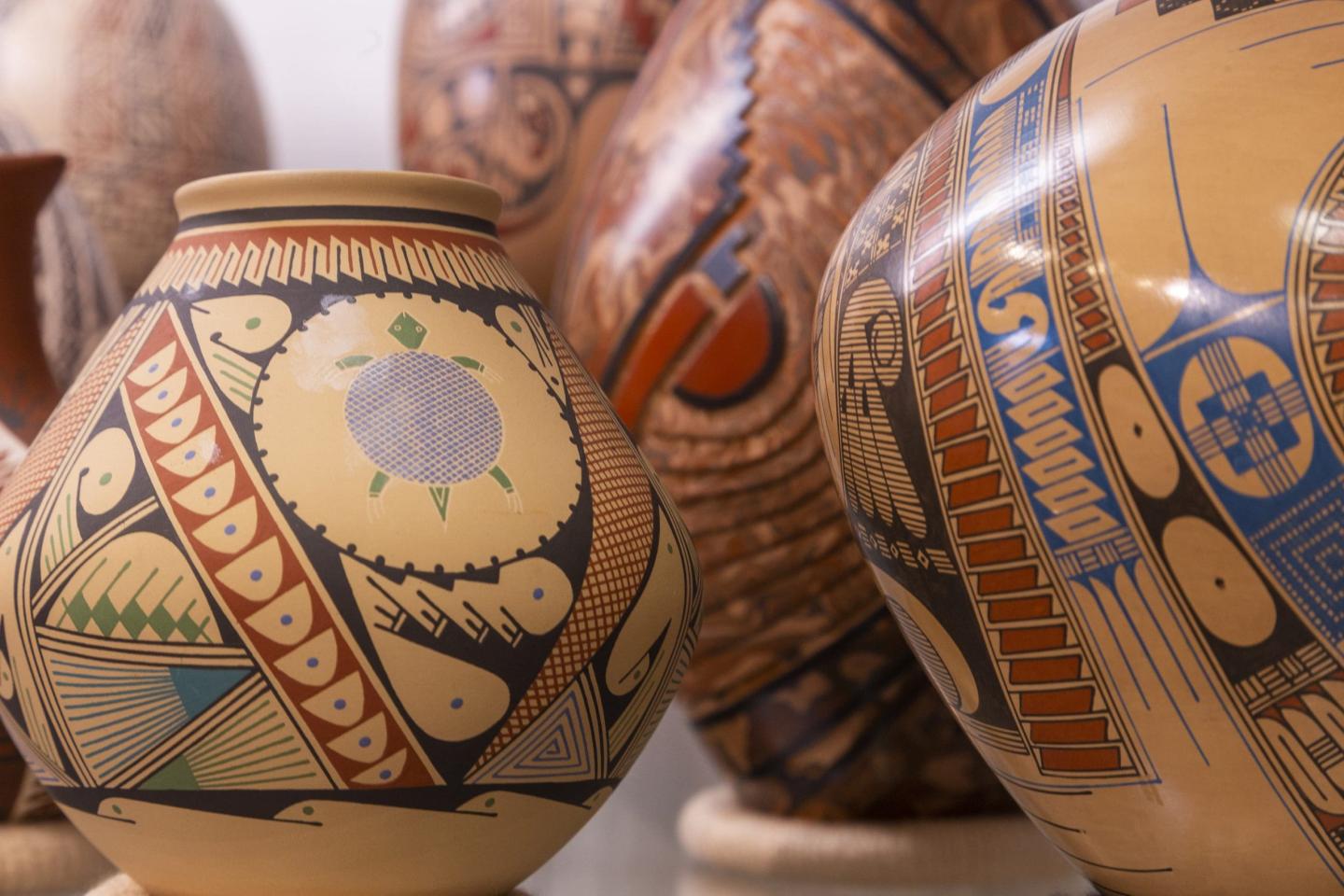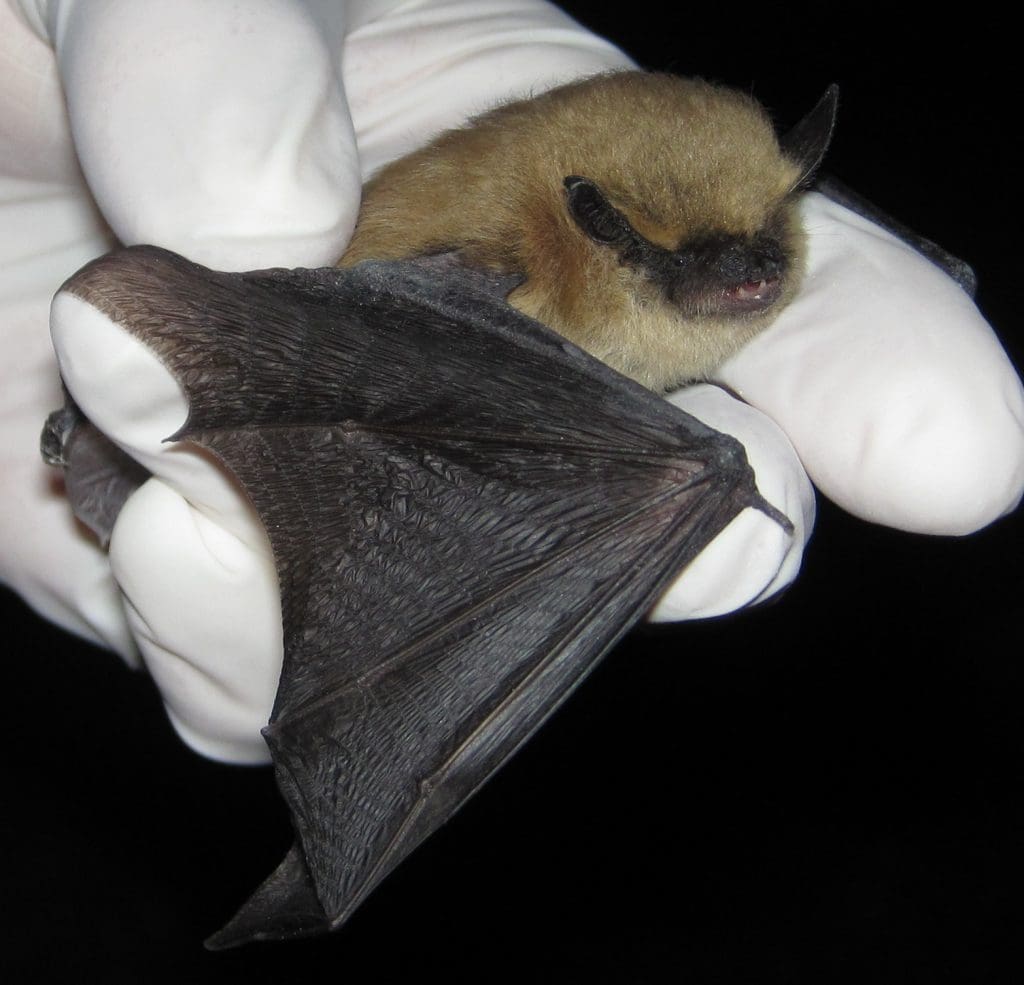
Discover the Benefits of Bats at El Malpais National Monument and How to Protect Them
Imagine a world without bats—a world overrun with biting insects, a world where plants that rely upon bat pollinators might disappear. Debbie Buecher, a Tucson bat biologist, is trying to prevent that scenario from becoming a reality. Buecher studies bat cave microclimates, examining whether conditions are ripe for the spread of Pseudogymnoascus destructans (formerly known as Geomyces destructans), the fungal pathogen that causes White Nose Syndrome (WNS) in bats. WNS has hit the little brown bats of the genus Myotis, one of the most common bats in North America, particularly hard.

What is White Nose Syndrome?
WNS is named for the sometimes visible, fuzzy, white fungal growth on a bat’s muzzle, ears, or wings. In the absence of visible fungal growth, a characteristic microscopic pattern of eroded skin is diagnostic of the disease. The behavior of affected bats is sometimes abnormal, including daytime flight during hibernation season. Many infected bats suffer severe emaciation prior to death, caused by loss of stored fat reserves.
Since the emergence of WNS, bat colonies in the eastern United States have been decimated. According to Buecher, the mortality for little brown bats (Myotis lucifugus) suffering with WNS is often greater than 95 percent.
Studying Bat Cave Microclimates
The fungus that causes WNS is cold-loving and thrives in high (nearly saturated) humidity, just the conditions often found in bat hibernacula, the caves and abandoned mines where bats hibernate. Buecher’s research, funded in part by Western National Parks Association, examines the microclimate in bat hibernacula in New Mexico, including lava caves in New Mexico’s El Malpais National Monument. Buecher’s research will help biologists assess whether conditions within bat caves in the western United States are favorable for the fungus.
To collect data on the temperature and humidity, Buecher deployed small data loggers in the bat caves under study.
The results showed that in one section of an El Malpais bat cave, the temperature was appropriate for the fungus, but the relative humidity was low. In another section of the cave, neither the temperature nor the relative humidity was optimal for the fungus. Other caves in New Mexico harbored conditions amenable to the fungus.
The data Buecher collected will be used to model the microclimate conditions preferred by hibernating bats in New Mexico. This in turn will allow resource agencies such as the BLM and National Park Service to focus their efforts on monitoring and decontaminating caves where conditions are optimal for the fungus, thereby providing our bats with a fighting chance against this devastating disease.
By Susan Swanberg, assistant professor of journalism at the University of Arizona



